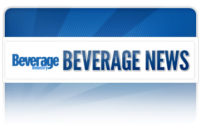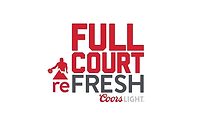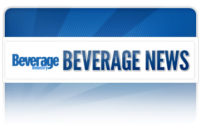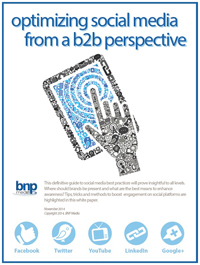Five steps for success in social media advertising
Guidelines will help beverage-makers build consumer connections

![]() Advertising on social media is an effective and cost-controlled way for the beverage industry to grow brand awareness and increase sales. Fifty-one percent of advertisers in the United States said they planned on increasing their digital ad spending in 2014, according to eMarketer. The same survey showed that an astonishing 93 percent of advertisers plan to either increase or maintain their social media spending.
Advertising on social media is an effective and cost-controlled way for the beverage industry to grow brand awareness and increase sales. Fifty-one percent of advertisers in the United States said they planned on increasing their digital ad spending in 2014, according to eMarketer. The same survey showed that an astonishing 93 percent of advertisers plan to either increase or maintain their social media spending.
Social media advertising is gaining traction because of its massive audience and its ability to consistently achieve planned goals. Facebook is easily the biggest social media network with more than a billion active monthly users, but according to MediaBistro, other sites like YouTube (800 million users) and Twitter (200 million users) are not far behind. According to Facebook, people aren’t just checking their news feeds once a week; they’re spending more than 30 minutes a day on the site and logging on about 14 times a day. Twitter’s reach is huge as well, with more than 5,700 tweets being sent out every minute of every day. This is a giant and engaged potential audience for advertisements that includes almost every demographic that a business could want.
Here are five tips for crafting success in your social media advertising:
1. Set a budget
Social media advertising is unique because it allows beverage brands to target audiences more specifically than any traditional advertising outlet while still allowing the campaign to be cost controlled. Costs can be controlled because social media ads can be based on a cost-per-click basis, not just impressions, if desired. This means that beverage brands will only be charged when a consumer interacts with the ad. Then, the ads can be scheduled and the budgets set.
2. Set a goal
Social media advertising campaigns tend to fall into two categories: those that aim to acquire new followers and fans and those that aim to directly impact sales. It’s important to set goals before starting a social media ad campaign, such as adding a specific amount of new followers or achieving a set increase in site traffic. The goals should be set in accordance with the budget and should be re-evaluated regularly.
3. Find a target audience
Targeting is arguably the most important and desirable aspect of social media ad campaigns. Facebook targeting can include everything from users’ interests to their basic demographics like age, gender, relationship status and location. Twitter offers similar options, allowing businesses to target ads based on who people follow, who their friends follow, keywords used in conversations and more. In addition to basic targeting options, advanced targeting such as recent purchases, interests, and devices used to access Facebook can be layered in as well.
Beverage companies can leverage this ability by targeting either potential consumers, those who are not fans of the brand but fit the profile of the average consumer, or current consumers, those who follow or like the brand. Both of these strategies have the ability to increase a brand’s community size, drive traffic to websites, and increase brand awareness.
4. Test, measure and adjust
Brands should test different ad styles, the use of images and videos, linking to different digital properties, social networks and ad copy. Posts and ads that include images or videos and a call to action tend to achieve more engagement, so beverage brands should strive to make each ad as interesting and actionable as possible.
By targeting one option, analyzing the results, and then adjusting based on the analytics, beverage brands can optimize their ads to become more effective over time. More detailed social media metrics such as conversion rates, brand awareness and return-on-investment (ROI) are important metrics to determine the level of a campaign’s success.
5. Be creative
Look outside the box, outside the normal target audience and the basic advertising rules that govern radio, print and TV, and strive to be unique. Beverage brands should go outside their comfort zones to create compelling ads built specifically for the social platforms. The one mistake brands can make on social media, more than all of the others, is forgetting the personality and voice of a brand.
Bringing it all together
Beverage brands have massive opportunities to create a high ROI from their advertising budgets by moving from traditional outlets to social media channels. Websites like Facebook and Twitter have hundreds of millions of users who log on several times a day, which equates to billions of opportunities to reach and influence a consumer every single day. With the pay-per-click and budgeted options available, costs can be controlled, meaning beverage brands should strive to make these impressions at every single opportunity.
Looking for a reprint of this article?
From high-res PDFs to custom plaques, order your copy today!







